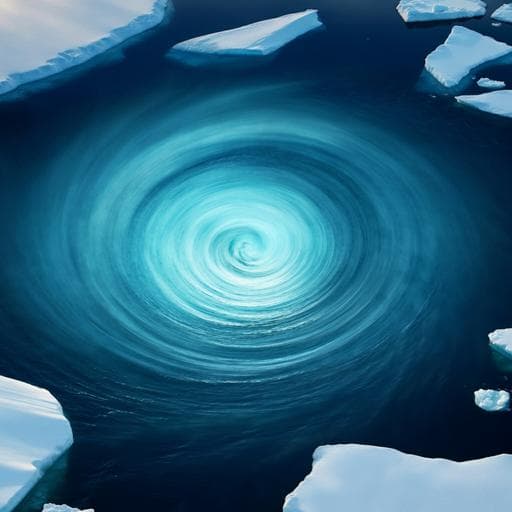
Earth Sciences
Future sea ice weakening amplifies wind-driven trends in surface stress and Arctic Ocean spin-up
M. Muilwijk, T. Hattermann, et al.
Discover how Arctic sea ice decline impacts ocean dynamics! Researchers Morven Muilwijk, Tore Hattermann, Torge Martin, and Mats A. Granskog reveal that future ocean surface stress is set to increase, enhancing momentum transfer to the ocean and affecting ecosystems and circulation. Don't miss the insights derived from cutting-edge climate models!
~3 min • Beginner • English
Related Publications
Explore these studies to deepen your understanding of the subject.







